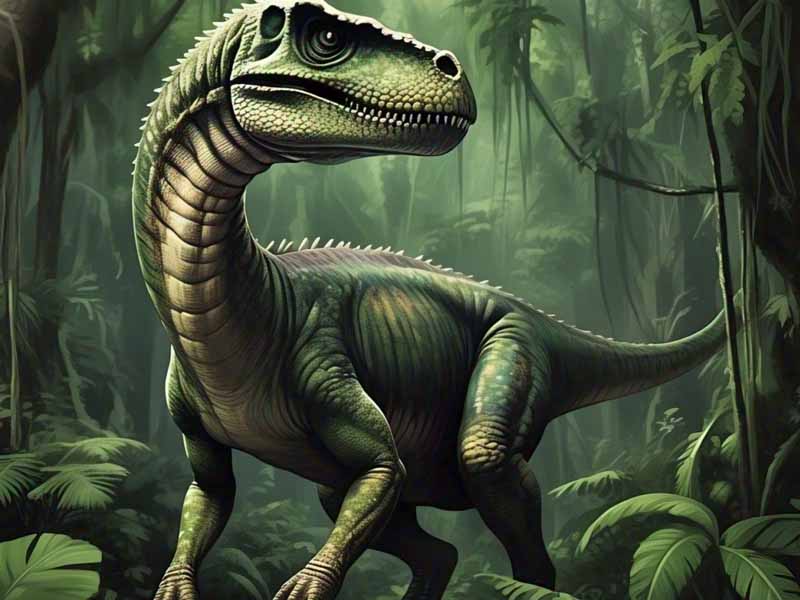
Arcadiadaily – Paleontologists uncover an astonishingly well-preserved fossil of a prehistoric reptile resembling the legendary Chinese dragon. The fossil belongs to Dinocephalosaurus orientalis, an aquatic reptile that lived approximately 240 million years ago during the Triassic period. Discovered in Guizhou Province, southern China. This remarkable find provides scientists with the first complete depiction of the ancient creature, measuring an impressive 4 meters in length.
Although Dinocephalosaurus was first identified in 2003, the newly uncovered specimen is significantly more complete. This allows researchers to gain unprecedented insights into its anatomy, lifestyle, and evolutionary significance. The reptile’s elongated, snake-like body and exceptionally long neck bear a striking resemblance to the mythical Chinese dragon, sparking global interest in the discovery.
“This is yet another example of the bizarre and fascinating creatures from the Triassic period that continue to puzzle paleontologists.” Said Nick Fraser, head of the National Museum of Scotland’s Department of Natural Sciences. He further emphasized how its serpentine shape and striking appearance make it one of the most intriguing prehistoric discoveries in recent years.
Paleontologists uncover this extraordinary fossil through the efforts of a collaborative research team spanning multiple countries. Scientists from China, Scotland, Germany, and the United States worked together at the Institute of Vertebrate Paleontology and Paleoanthropology (IVPP) in Beijing to analyze and reconstruct the fossil.
“Diesel Power, Strengths Across All Terrains”
Professor Li Chun from IVPP highlighted the significance of this discovery. Noting that the reptile’s fins and well-preserved fish remains in its stomach confirm its adaptation to an oceanic habitat. “We used the newly discovered specimen at the Chinese Academy of Sciences to expand our understanding of this species,” he explained.
Among the many fossil discoveries in Guizhou from the Triassic era. Dinocephalosaurus stands out as one of the most extraordinary due to its unique skeletal structure and potential evolutionary insights. The fossil sheds new light on how marine reptiles adapted and evolved in prehistoric oceans.
Paleontologists uncover key details about Dinocephalosaurus’s anatomy, particularly its remarkable neck, which consisted of 32 separate vertebrae longer than the combined length of its body and tail. Scientists speculate that this elongated neck played a crucial role in hunting and survival. Potentially allowing the creature to ambush prey with precision.
Stephan Spiekman, a postdoctoral researcher at the Stuttgart State Museum of Natural History. Expressed excitement about further studies on Dinocephalosaurus and its relatives. “Future research will help us understand the evolution of these creatures and how their extraordinary necks functioned in their ecosystems,” he stated.
According to a study published by Cambridge University Press. The reptile’s unique body structure offers vital clues about evolutionary adaptations in marine reptiles. As scientists continue to analyze this exceptional find. Dinocephalosaurus may reshape our understanding of prehistoric ocean life and the incredible diversity of creatures that once roamed Earth’s ancient seas.
“Why Pitch Wars Mentorship Makes All the Difference”